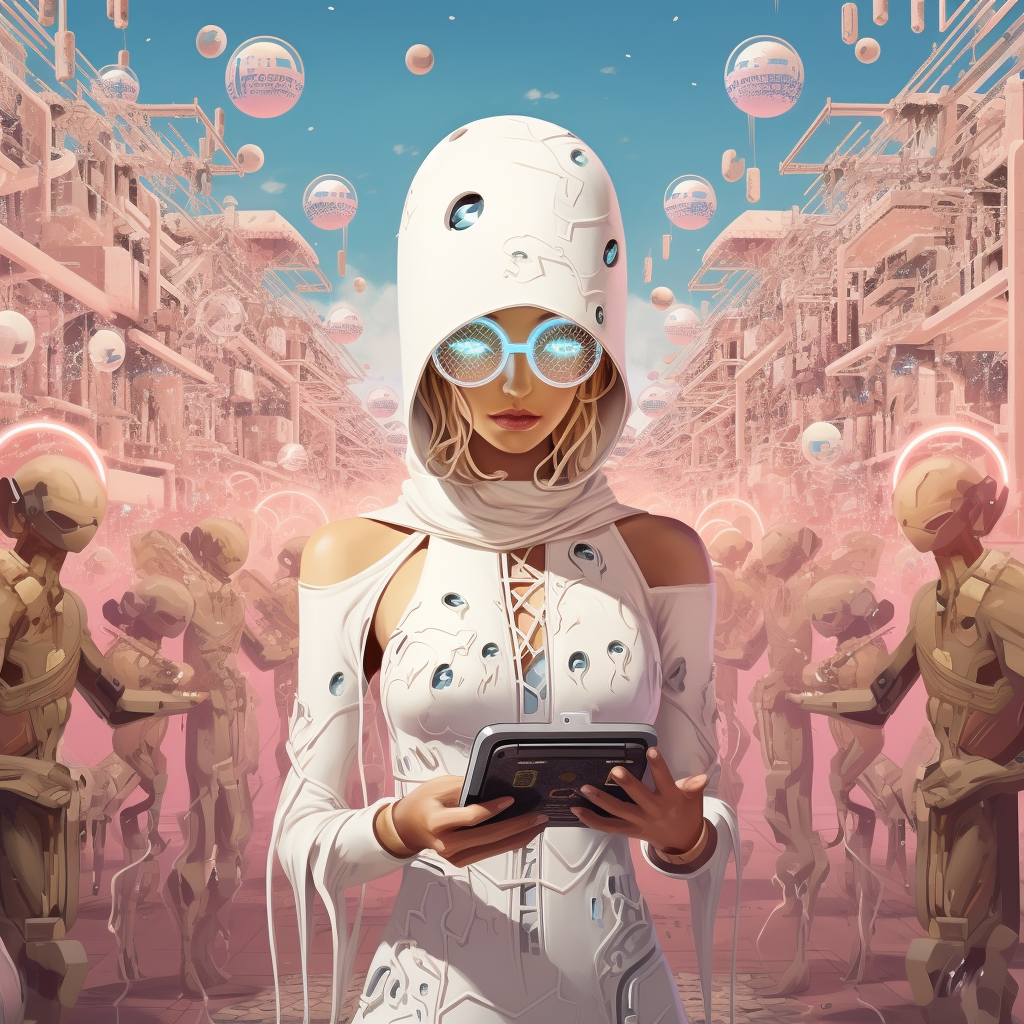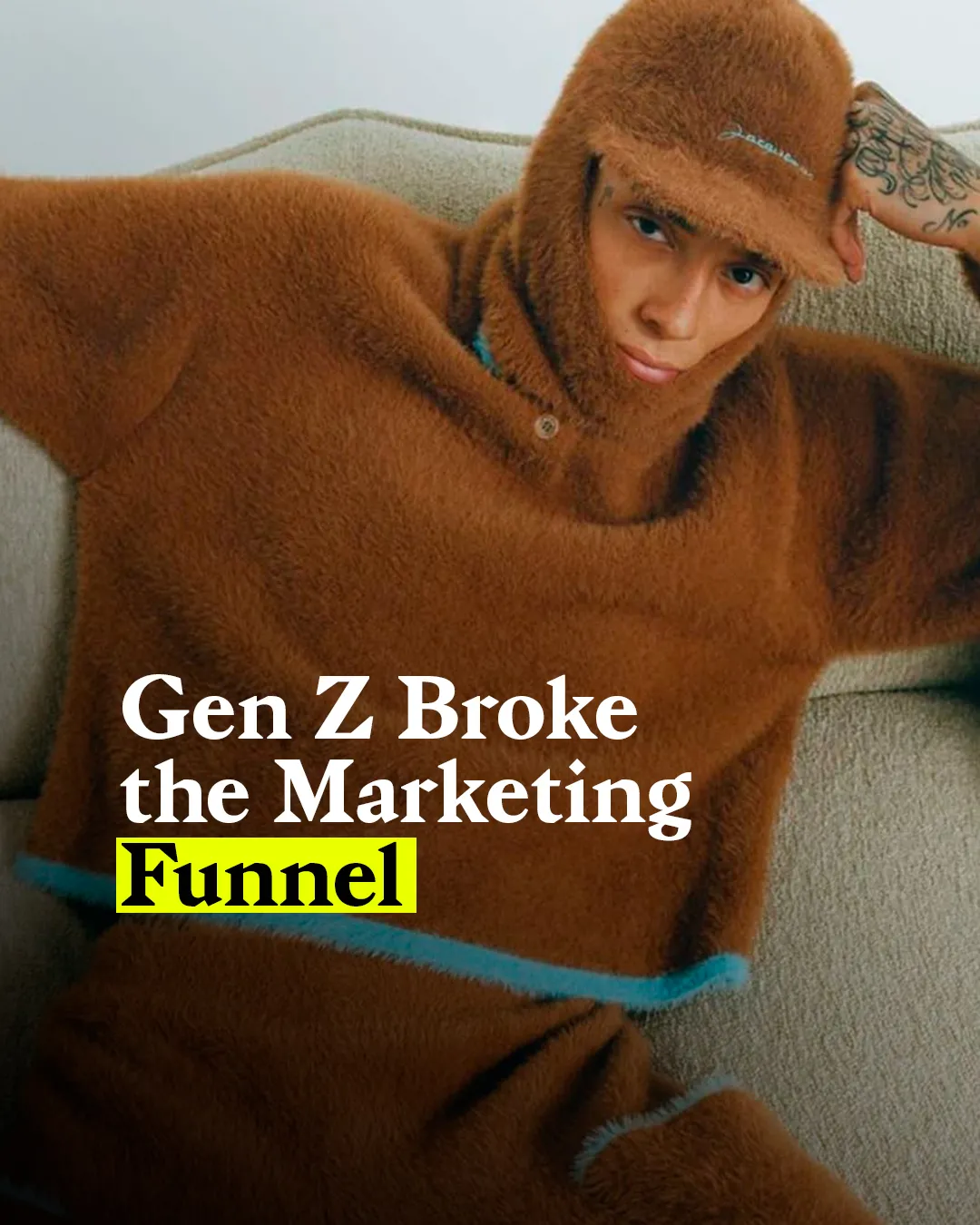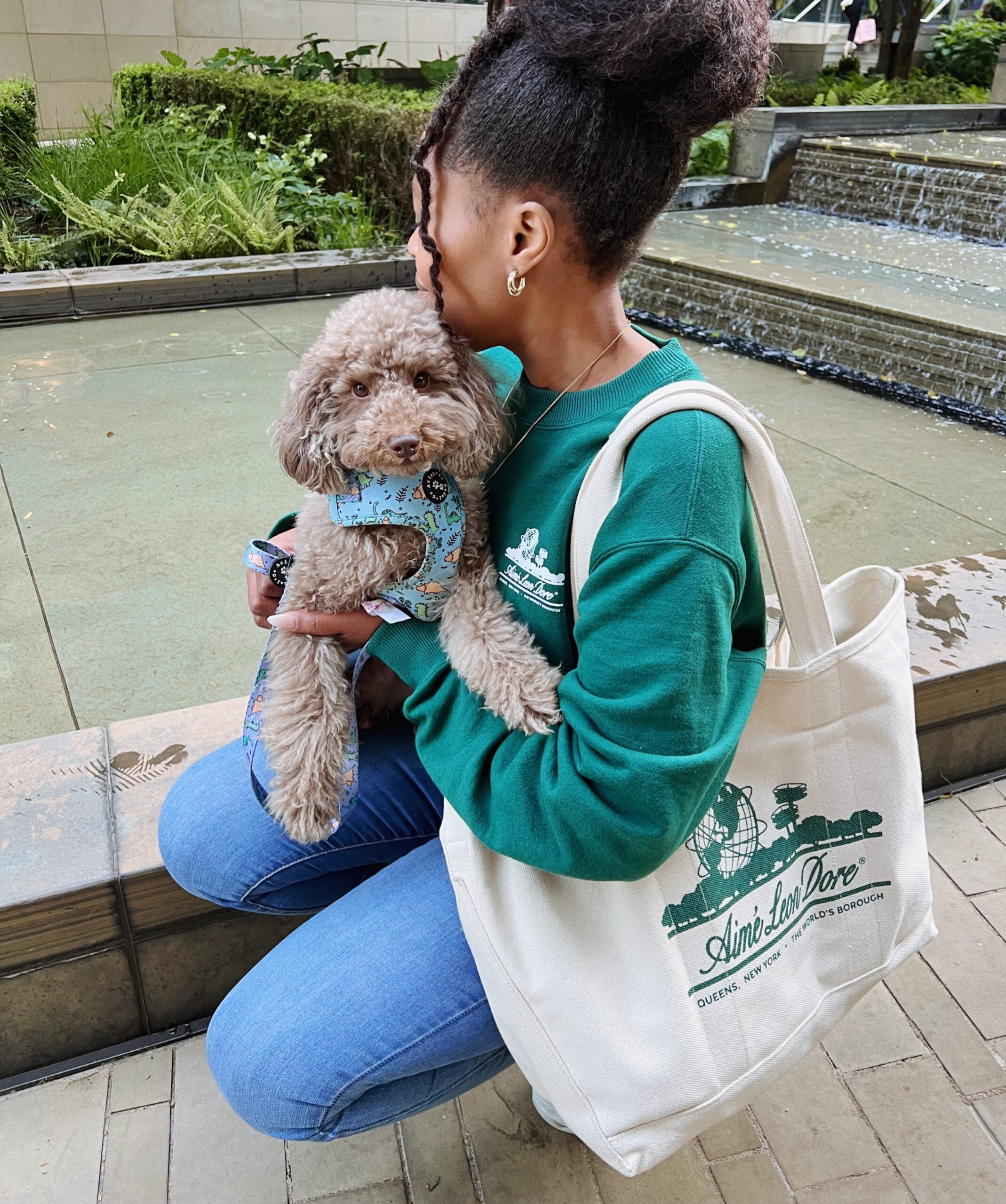
The Sisyphean Scroll: Social Media’s Endless Chase for Clout, Status, and Validation
In an age where every thumb-scroll might be the ticket to instant fame or agonising obscurity, we find ourselves entrapped in a new Odyssey, chasing an elusive ideal. We’re living in a world where 3.6 billion people, nearly 45% of the global population, are active on social media^1^. The irony is both tragic and comic: In our ongoing pursuit of “connection,” are we merely connecting with our own need for validation?
The Gamification of Status: Digital Scorekeeping
“Social media is the ultimate equaliser. It gives a voice and a platform to anyone willing to engage.” – Amy Jo Martin
Yet, the question looms, what are we engaging with exactly? Is it ideas, people, communities, or just the endless chase for validation? In this virtual Colosseum, everyone’s a gladiator, and the roar of the crowd is counted in likes, shares, and follows.
The average user spends 2 hours and 24 minutes per day on social media^2^. That’s 876 hours a year, or 36 full days. Imagine, a full month of our lives, annually, in a ceaseless quest for digital approval.

Selfies and the Art of Self-deception
“You are what you share.” – Charles Leadbeater
Or rather, you are what you want others to think you are. The reality has become fluid, filtered, and Photoshopped to perfection. The evidence is palpable. 93% of millennials admit to taking multiple (sometimes hundreds of) selfies before getting the “right one” ^3^?
This endless parade of perfect lives, filtered faces, and carefully curated realities isn’t just a superficial problem; it’s leaving profound psychological scars. Studies have shown an increase in anxiety and depression among heavy social media users[^4^]. But hey, at least the selfie is on point!

The Influencer Mirage: Followers, Fortunes, and Fallacies
Influencers have become the Pied Pipers of our era. With a mere click, they can lead masses to brands, products, or ideas. But who are they leading, and where? 63% of marketers intend to increase their influencer marketing budget next year[^5^]. Yet, a study found that 50% of major brands have fallen for influencers with fake followers^6^.
As Oscar Wilde once said, “Most people are other people. Their thoughts are someone else’s opinions, their lives a mimicry.” Indeed, in the world of influencers, all that glitters is not gold.

The Age of Loneliness: Virtual Friends and Real Solitude
It’s a paradox: We have never been so “connected,” yet so isolated. In a world where friend counts can run into the thousands, loneliness is at an all-time high. 22% of millennials report having no friends^7^, while a report from the UK found that 9 million people often or always feel lonely[^8^].
As we stare into our screens, trading real conversations for emojis and genuine relationships for superficial interactions, we’re creating a dystopia of our own making, one “like” at a time.

The Digital Renaissance or a Virtual Dark Age?
Social media’s endless chase for clout, status, and validation is a modern-day Sisyphean tale. We push the boulder up the hill, only to watch it roll back down, then start again.
This new normal poses questions that we cannot ignore. Are we building a bridge to greater understanding, empathy, and connection, or are we erecting barriers that isolate, polarise, and commodify our very existence?
We stand at a crossroads, where our virtual selves meet our real selves, where cynicism meets hope, and where the future is still unwritten. The endless chase can be either a curse or a call to introspection, self-awareness, and true connection. “All the world’s a stage, And all the men and women merely players.” The question is, what role will we choose to play?
Sources:
[^4^]: JAMA Pediatrics, “Association of Screen Time and Depression in Adolescence”
[^5^]: Influencer Marketing Hub, “Influencer Marketing Benchmark Report”
[^8^]: Jo Cox Commission on Loneliness, “Combating Loneliness One Conversation at a Time”






